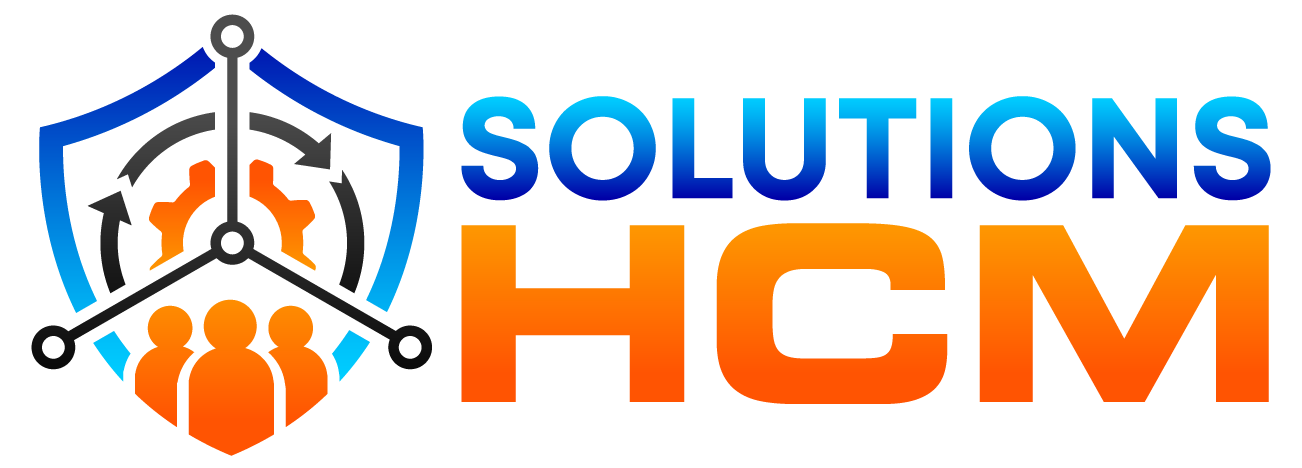
Did you know that successful onboarding can improve employee retention by 82%? According to a recent study by Brandon Research Group, onboarding is the foundation of the employee experience. This blog will highlight the 5 things to avoid when onboarding new employees. It will also offer what you can do instead to ensure your company's success.
Unclear Direction or Goals
For every employee, it is essential to establish timelines and expectations. Doing this gives employees a clear understanding of what is expected and gives them something to reach for. It also helps them to see the overall company vision with them in it. Sources suggest setting up 30-day, 60-day, and 90-day goals. This timeline allows employees to check in on their own progress. Also, it can assist managers in giving direction and understanding of where the employee should be at.
Starting a New Hire When the Manager is Out of Office
It is crucial for employees to feel connected and supported, especially in the first few weeks. From day one, employees should be building a relationship with their manager. This manager should be a vital resource they can lean on for all questions. Direction from multiple people can lead to confusion. It is best to onboard employees with their assigned manager for their first two weeks to ensure concise leadership direction.
Cramming Too Much Information At Once
Onboarding is often seen as information overload and can leave employees feeling overwhelmed. Also, too much information makes things more likely to be forgotten. Instead, try breaking down onboarding into small themed sections, which can help keep employees engaged and retain information. Lastly, try a combination of learning styles, including videos, questions, and writing prompts to ensure employees fully understand.
Not Adapting Onboarding to the Generation
It is no secret that this is the first time in history that four generations are working together. This is fantastic; however, many workers will approach things differently. So when it comes to onboarding, personalize when you can based on age and background. Some employees may have many healthcare questions, whereas others care more about additional training. For example, if an employee is a millennial, focus more on company culture, which is generally very important to them. Hosting a happy hour or event outside work is a great way to get them feeling integrated. It's about adjusting the onboarding approach based on the employee and their background.
Just Sending an Organization Chart
For employees to truly feel comfortable with the lines of communication and leadership structure, they must have more than a chart. Instead, set up a brief meeting with team members so they can put a face to the name and get a better understanding of everyone's role roles in the company. This also helps them to feel integrated into the company culture.
In conclusion, successful onboarding is necessary for every employee's success. Following these tweaks in your process can better integrate all employees. Remember, onboarding is the key to retaining top talent if it has the right customizations and clear expectations.
.png) 615 750 5213
615 750 5213 Client Login
Client Login
 Blog
Blog



